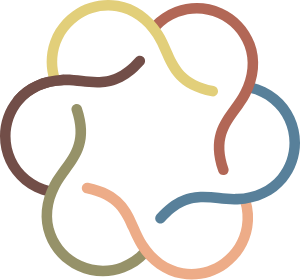Article Highlights
Hiring the world’s best creatives is just the first step in creating winning campaigns and amazing ideas. Grow your impact by investing in your team’s softer strategic and collaboration skills and let a collaborative approach to execution inform your project roadmaps. In this piece, we’ll explore:
- How collaborative creative teams generate better results
- Why agencies must focus on soft skills, especially strategic and collaboration
- Ways to apply the same approach to developing long-term strategic relationships with partners and clients
Achieving limitless creativity is the goal of every creative services team and creative director I talk to. It’s where the unforgettable stories, the sticky campaigns, the amazing big ideas, and the innovations that change the face of brands emerge. But, in reality, finding creative velocity is messy. Leaders are left asking the question: How do you really get there?
Fostering creativity is frequently treated as an existential challenge, but it’s actually a largely process-driven one. One of the easiest – and most overlooked – strategies for fostering deeper creativity is creating the context for ongoing, strategic collaboration between different parts of your creative team. As the saying goes, innovation happens at the nexus of two or more domains. Just think what your creative team can do for clients if you bring together world-class strategic, writing, and visual talent who set the standard in their own fields – and who understand how to collaborate as strategic partners from campaign ideation to execution.
Breaking Down Silos: Embracing the Bernbach Approach
The history of meaningful collaboration between creative disciplines is worth revisiting. Creative service teams have long been siloed into at least two distinct groups: the artists and the wordsmiths. Bill Bernbach broke this norm in the 1970s during his agency days at Doyle Dane Bernbach. He broke the old paradigms and reorganized team structure with the realization that just because an organization is efficient, doesn’t mean it’s effective. Instead of having account teams that handled everything from copy to strategy and then tossed work over the fence for graphic treatment, he focused on developing world class talent that could take a deep dive into perfecting their crafts.
Then he went a step further. Bernbach demanded his teams work together and collaboratively brainstorm from day one, pursuing shared goals and fostering mutual ownership instead of just ticking tasks off a to-do list. The result was highly resonant content with strong story and emotional appeal that effectively outpaced anything they’d created before. His reorganization launched a movement that championed relatable emotion in branding – and still influences how we talk about products today. Even more significantly, he established a model for how stakeholders from different disciplines become truly effective strategic partners throughout the creative process.
Stoke’s Take: Immersive Collaboration from Ideation to Execution
At Stoke, our approach is simple: We organize our agency and our projects so our strategy, design, and writing talent collaborate constantly. When contributors from different functional specialties work together on client projects from start to finish, it fosters deeper conversations and richer synergies in what we develop for clients. Real talk: It’s not always easy, but it’s always worth it.
Fostering this level of collaboration can sometimes be challenging. Who leads a project – copy or creative? How do you get talent from across disciplines speaking the same language? What does it take to get your team to shift their perspective from execution to strategic? How about simply finding the time and scheduling the meetings for collaboration without adding time and cost to every project? As a distributed workforce, Stoke hires based on talent, not location or convenience. Unlocking the genius of remote collaborators is amplified by inviting our once-separate teams to create together. Collaboration is the harder path – and it leads to the greater payoff.
Insights from the Front Lines of Collaboration
If you want to build deeper collaboration across your team, here are some strategies to consider:
- Start with the best talent: Effective creative collaboration begins with recruiting the top talent in each area and encouraging them to constantly push the boundaries and refine what they’re creating. When hiring, it’s important to look for talent who’s both excellent at what they do and brings something more to the table. How well can they brainstorm with others? How clearly can they tie what they do to business outcomes?
- Develop a culture of ideation: As Adam Morgan says in a recent episode of The Real Creative Leadership podcast, collaboration begins with an intentional approach to ideation. “That it’s not just a matter of having a diverse amount of skill sets on your creative team, but also making space and time to really focus on concepting and idea generation, and really make sure those disciplines aren’t just there, but they’re working together.”
- Extend collaboration through execution: Once you master the collaborative ideation phase, it’s important to extend those same relationships through execution. It’s natural in a campaign for a copywriter to develop a piece while a graphic artist creates the visual aspects. However, how closely are they working on a day-to-day basis? Is there ongoing communication?
- Build strategic partner capacity: Creatives can make significant ongoing contributions across the business. As creatives develop a better understanding of a company’s goals and its desired outcomes, they can deliver with those targets in mind. They can also bring a fresh lens to ongoing conversations, whether it’s finding the emotional hook in an otherwise dry customer experience or bringing a creative take to a systems refresh.
Extending Strategic Collaboration to Your Client Relationships
Strategic partnerships don’t just impact how our team collaborates internally. They also shape how we interact, work with, and support our clients. Combining our client’s deep knowledge of their space, the internal creativity of their teams, and the full force of our collective brain trust helps lead to creative-driven campaigns that accomplish the client’s most critical business objectives. Many of the same ideas translate, but there are some nuances to the agency–client relationship that I think are worth highlighting:
- Foster trust: Positioning your creative team as a true strategic partner is only possible after you’ve built a foundation of trust. It’s important that clients know you understand their priorities, deliver top quality work, meet your deadlines, and will be professional and easy to work with in every interaction. In a way, this should go without saying – but I can tell you from my conversations with executives, it’s not. Get the operational, professional, and tactical pieces of your agency working smoothly as part of your commitment to taking things to the next level.
- Blend business insight and creative strategy to create value: Being a strategic partner that can contribute at the right level means you need to be able to flex your knowledge to add flare to the client’s content and campaigns. Leverage their analytics, data and knowledge of their product, the competitive landscape, and marketing and industry trends. Not only will that help you speak at an expert level to their goals and objectives, but it opens avenues for you to introduce fresh ideas, insights, and inspiration along the way.
- Build collaborative feedback loops between creative and marketing: All too often, the agency relationship can feel like outsourcing or a handoff. While our approach lets us do the heavy lifting and take stress out of our clients’ marketing initiatives, the best results come from a true strategic partner. Stoke acts as your creative department – or an extension of your creative team – while having key conversations with marketing, executives, and other stakeholders. This process enables creative strategy to increase the emotional impact of every piece of an organization, while laser targeting every asset that’s created to a client’s most important business outcomes.
- Challenge them to think bigger: Let’s go back to the idea of the creative team as more than simply acting as ticket takers who write social copy or create a graphic. There are times when a client is approaching a project from a limited point of view. A client recently approached one of our strategists with a request for an infographic, but upon deeper review, there was an opportunity for an infographic step-through that would make a bigger impression on the target audience. When the agency understands the business and has a pulse on the way marketing and communications are evolving at a different level, you can transcend simply executing on projects and help clients set the course on their most important ambitions.
- Find ways to level up their creative strategy: Often, becoming a strategic partner means looking for ways to integrate a client’s creative strategy or achieve their business outcomes beyond a specific project. For example, you might be well-connected in their industry and alert them to a speaking opportunity or highlight a rising trend you’re seeing among their competitors. Even though these insights and opportunities don’t necessarily yield an immediate paid project, they reinforce and underscore the value of your long-term relationship.
Whether you run a creative team for an organization or your creative team is the organization, you’ll pave the road to success for your writers and designers if you encourage them to work in a fluid, collaborative structure. Rich, relatable stories require different perspectives – and the intersection of disciplines is where the magic happens. By adopting collaboration in the DNA of every ideation session, project meeting, and campaign road map, you’ll be laying the foundation for your team to achieve that elusive limitless creativity at the velocity of today’s market demands.
Interested in learning more about transforming your team? Listen to this episode of Real Creative Leadership. Need a strategic partner to help you build a creative strategy for long-term growth? Contact Stoke today.



